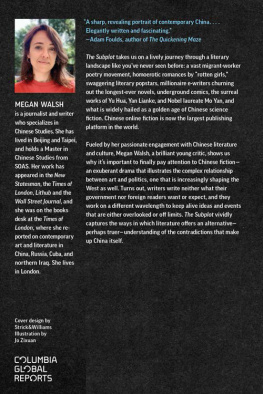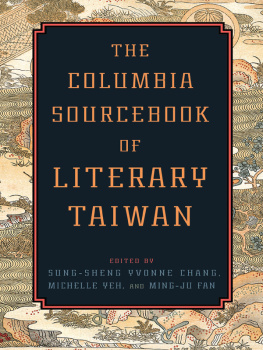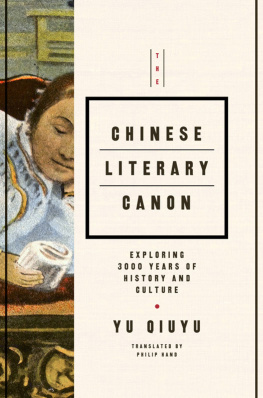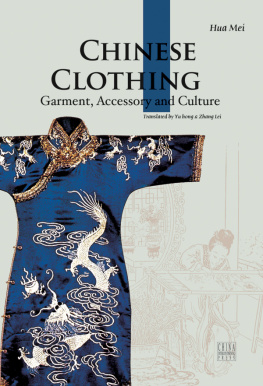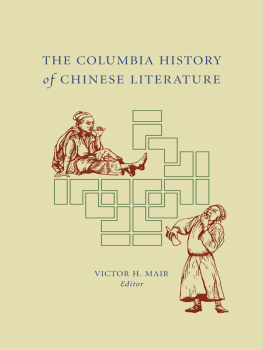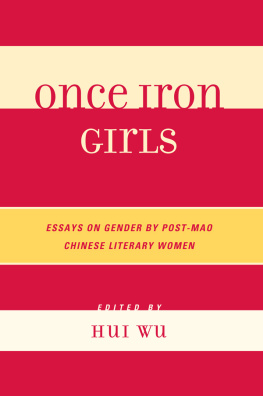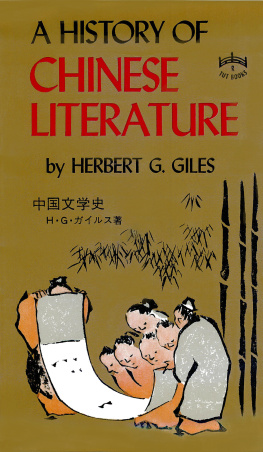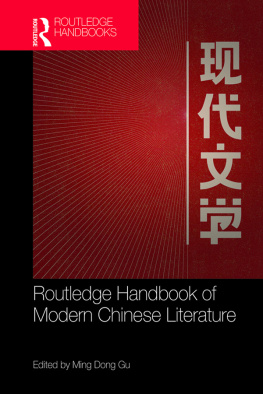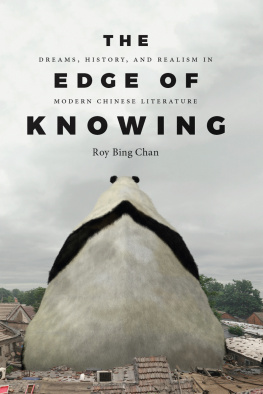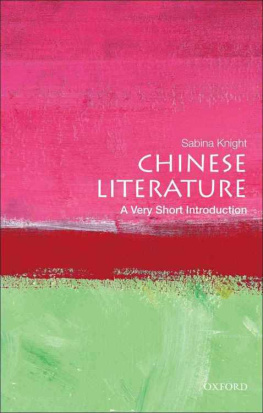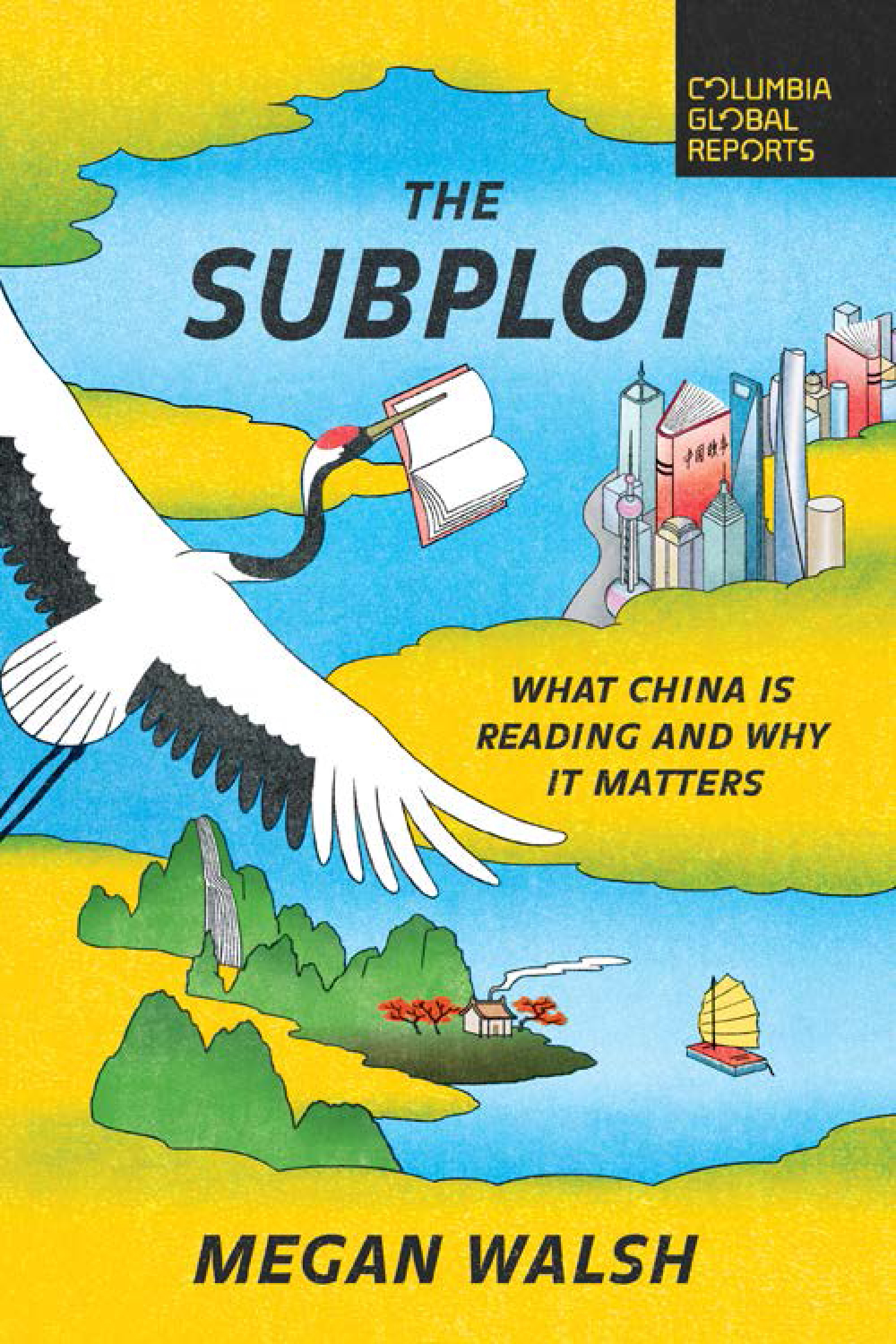Contents
Guide
Pagebreaks of the print version
PRAISE FOR The Subplot
A sharp, revealing portrait of contemporary China through the work and lives of its writers. At times, the taxonomy of remarkably varied forms that modern Chinese literature has taken in defiance, celebration, or evasion of the regime reads like something by Borges. Elegantly written and fascinating, providing insights beyond those to be found in the usual book pages.
ADAM FOULDS,author of
The Quickening Maze, In the Wolfs Mouth, and
Dream SequenceA jaw-dropping look at what mainland Chinese are reading right now. Megan Walsh tells us why, in this time of Chinas economic ascension, its literature is both liberatingand soul-crushing.
JAN WONG,author of
Red China Blues: My Long March from Mao to NowDrawing on a rich field of research, The Subplot not only crosses the language barrier, opening a window for the world to see contemporary Chinese literature, but could also be an invaluable record for young Chinese people, both in China and overseas, to think about how society is affected by Chinas fast pace of change.
XINRAN,author of
The Good Women of China: Hidden Voices and
Sky Burial: An Epic Love Story of TibetIn The Subplot, Megan Walsh showcases the diversity and vitality of contemporary Chinese literature. With economy and wit, she shows us why its so necessary to read literature to understand the story of China today.
ANGIE BAECKER,University of Hong Kong
We are what we read. As China is rising, people are naturally interested in what the Chinese are reading. This overview of the literature in China offers an interesting perspective on a country that is reshaping the world.
LIJIA ZHANG,author of
Lotus: A Novel and
Socialism Is Great!A Workers Memoir of China
An eye-opening glimpse into Chinas intentionally hazy authoritarian political climate of censorship and propaganda. A succinct, fascinating overview of literary ambivalence in China.
Kirkus ReviewsThe Subplot
What China Is Reading and Why It Matters
Megan Walsh
COLUMBIA GLOBAL REPORTS
NEW YORK

Published with support from the Andrew W. Mellon Foundation
The Subplot
What China Is Reading and Why It Matters
Copyright 2022 by Megan Walsh
All rights reserved
Published by Columbia Global Reports
91 Claremont Avenue, Suite 515
New York, NY 10027
globalreports.columbia.edu
facebook.com/columbiaglobalreports
@columbiaGR
Library of Congress Cataloging-in-Publication Data
Names: Walsh, Megan, author.
Title: The subplot: what China is reading and why it matters / Megan Walsh.
Description: New York, NY: Columbia Global Reports, [2022] | Includes bibliographical references. |
Identifiers: LCCN 2021040999 (print) | LCCN 2021041000 (ebook) | ISBN 9781735913667 (paperback) | ISBN 9781735913674 (ebook)
Subjects: LCSH: Chinese fiction21st centuryHistory and criticism. | Books and readingChinaHistory21st century. | Literature and societyChinaHistory21st century. | LCGFT: Literary criticism Classification: LCC PL2443 .W228 2022 (print) | LCC PL2443 (ebook) | DDC 895.13/609dc23
LC record available at https://lccn.loc.gov/2021040999
LC ebook record available at https://lccn.loc.gov/2021041000
Book design by Strick&Williams
Map design by Jeffrey L. Ward
Printed in the United States of America
CONTENTS
Introduction
The sky and ocean are crystal clear today,much too clear for poetry composition.
Liu Cixin, The Poetry Cloud
In 2014, Chinese President Xi Jinping informed a room full of authors, artists, and filmmakers, without a hint of irony, that fine art works should be like sunshine from blue sky and breeze in spring that will inspire minds, warm hearts, cultivate taste, and clean up undesirable work styles. Echoing Mao Zedongs famous 1942 Talks at the Yanan Forum on Literature and Art, in which artists were instructed to serve the people and the Party, Xi clarified that modern art and literature needs to take patriotism as its muse, guiding the people to establish and adhere to correct views of history, the nation, the country, and culture.
This unabashed request for art to project sunshine is no different from the Chinese Communist Partys impressive, if cavalier, efforts to artificially control the weather itself; from the media and government agencies characterizing smog as fog to deploying anti-aircraft guns to fire chemical missiles into clouds during the 2008 Beijing Olympics. Blue skies could be the literal and figurative emblem of the governments drive to tell Chinas story well. And authors are expected to act much like a cloud-bursting machine, banishing shadows rather than seeking them out.
Chinas authoritarian political climate, on the other hand, also known as the weather or the gray zone, is intentionally hazy. It shifts in severity according to the CCPs needs, often without warning, creating a disorientating psychological landscape for Chinese writers, captured in a short work by the avant-garde poet, essayist, and novelist Han Dong:
Its foggy, or smoky
Perhaps its smog
No ones surprised by that ()
Even on a clear day I cant see roadside trees and flowers clearly
Even if I see them I dont remember them
Even if I remember them I cant write about them
This well-documented climate of censorship and propaganda can make foreign readers rather snobby about Chinese literature, often without having read any of it. Its rare for English speakers to have heard of, let alone read, beyond such giants of Chinese literature as Lu Xun, Mo Yan, or Liu Cixin. And while its not uncommon for translated fiction to struggle on English-language reading lists, it is impossible to ignore the fact that the whiff of censorship all too often reduces the arts in mainland China to an academic curio or a worthy totem of fearless political protest.
As a result, Mo Yans 2012 Nobel Prize in literature was always going to be mired in some kind of controversy. The Chinese government celebrated hisand Chinasinternational accolade, while critics in the West denounced Mo Yans loyalty to the CCP. Salman Rushdie branded Mo Yan a patsy of the regime and Herta Mller dismissed his prize as a catastrophe. But the response also highlighted the ways in which Western readers, much like Xis blue-sky imperatives, can also have intrusive and unrealistic political expectations for Chinese authors, especially those for whom banned in China is too often the baseline for what is and isnt worth reading. The assumption can be that those who dont openly challenge Chinas authoritarian system from within are apparatchiks, not artists.
But the fact is that most Chinese writers who continue to live and work in mainland China write neither what their government nor foreign readers want or expect. And in our failure to engage with and enjoy Chinese fiction as it is, in all its forms, we misunderstand our own part in the complex and often fascinating realpolitik at its heart: this intrusive relationship between grand and personal narratives. There is much to learn from Chinese writers who understand and illuminate the complex relationship between art and politicsone that is increasingly shaping Western artistic discourse.

